Imagine walking into your home and being greeted by lush greenery that not only looks stunning but also cleans the air you breathe. Indoor plants are more than just decor—they’re nature’s air purifiers, working tirelessly to filter out toxins while adding a touch of elegance to your space. But with so many options, how do you choose the best ones? In this article, I’ll dive into the top 10 indoor plants that excel at both air purification and aesthetics, backed by science and styled for impact. Whether you’re a plant newbie or a seasoned green thumb, you’ll find practical tips to transform your home into a healthier, more beautiful sanctuary.
Why Indoor Plants Matter for Your Home
Indoor plants are the unsung heroes of home wellness. Beyond their visual charm, they tackle indoor air pollution, which is often worse than outdoor air due to chemicals from furniture, paint, and cleaning products. Plants absorb these toxins, release oxygen, and even boost humidity, creating a healthier environment. Plus, they’re mood-lifters—studies show greenery reduces stress and sparks creativity. Aesthetically, they bring life to dull corners, making your home feel like a curated oasis. So, why settle for stale air and boring decor when plants can solve both?
The Science Behind Air-Purifying Plants
Ever wondered how a simple plant can clean your air? It’s not magic—it’s biology. Plants absorb harmful volatile organic compounds (VOCs) like benzene, formaldehyde, and ammonia through their leaves and roots, breaking them down or storing them. The NASA Clean Air Study from 1989 pioneered this discovery, identifying plants that excel at filtering toxins in enclosed spaces. Microbes in the soil also play a role, neutralizing pollutants as they pass through. This natural filtration system is a game-changer for urban dwellers or anyone stuck indoors for long hours.
Aesthetic Benefits of Indoor Plants
Plants aren’t just functional—they’re design superstars. A snake plant’s sleek, upright leaves scream modern minimalism, while a cascading pothos softens a bookshelf with effortless charm. They add texture, color, and warmth, turning a sterile room into a cozy retreat. Plus, plants are versatile—you can go bold with a statement palm or subtle with a cluster of succulents. They’re like living art, adapting to any style from boho to Scandinavian. Who wouldn’t want a home that feels alive and inviting?
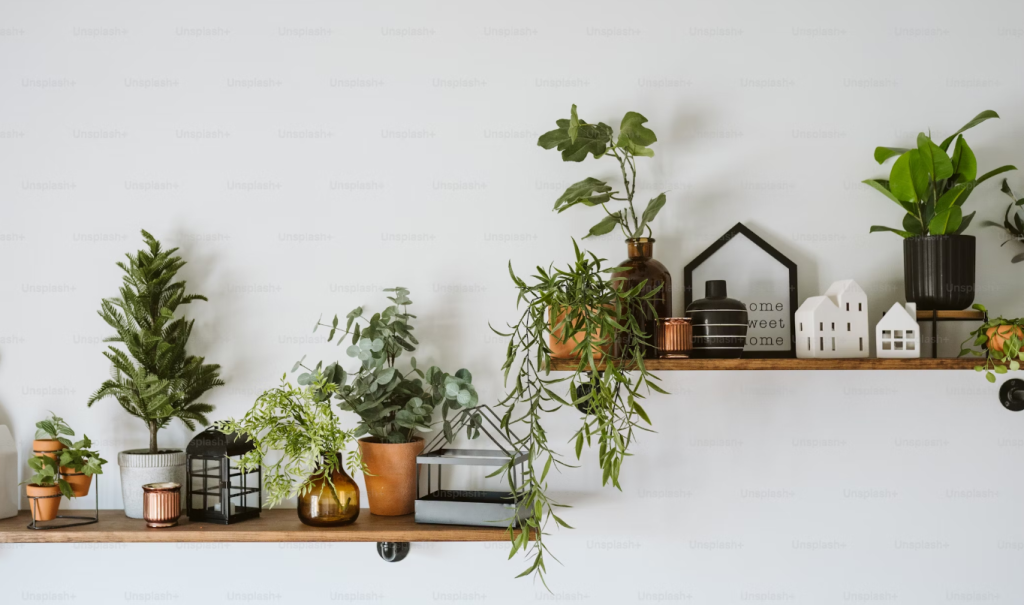
Key Factors to Consider When Choosing Indoor Plants
Picking the right plant is like matchmaking—you need compatibility. Consider your home’s lighting, your schedule, and your space. A sun-loving fern won’t thrive in a dim corner, and a high-maintenance plant won’t survive a busy lifestyle. Think about your aesthetic goals too: do you want a tropical vibe or a sleek, modern look? By aligning your needs with a plant’s traits, you’ll set yourself up for success.
Light Requirements
Light is a plant’s lifeline. Low-light champs like the ZZ plant or pothos can handle shady spots, while peace lilies and palms crave bright, indirect light. Before buying, scout your home’s light conditions—south-facing windows offer the most sun, while north-facing ones are dimmer. No sunny spots? No problem. Many air-purifying plants are forgiving and adapt to less-than-ideal conditions, making them perfect for apartments or offices.
Maintenance Levels
Not all plants are high-maintenance divas. If you’re always on the go, opt for low-effort picks like the snake plant or aloe vera, which laugh in the face of neglect. Got time to pamper your greenery? Ferns and peace lilies reward TLC with lush growth. Be honest about your commitment level—overzealous watering or forgetting to feed can doom even the hardiest plant.
Space Constraints
Size matters when it comes to plants. In a cramped apartment, a sprawling areca palm might overwhelm, but a compact spider plant or pothos fits perfectly on a shelf. Larger spaces can handle statement plants like rubber plants or ferns, which double as natural room dividers. Measure your space and visualize how a plant’s growth will fit—nobody wants a jungle where their coffee table used to be.
Top 10 Indoor Plants for Air Purification and Aesthetics
Ready to meet the MVPs of indoor plants? These 10 beauties excel at scrubbing the air and elevating your decor. Each one’s a powerhouse in its own right, with unique traits that make it a must-have.
1. Snake Plant (Sansevieria)
The snake plant is the ultimate low-maintenance hero. Its long, upright leaves filter out formaldehyde and benzene, making it a top pick from NASA’s study. Aesthetically, its sword-like foliage adds a sculptural edge to minimalist or modern spaces. Water it sparingly—every two weeks is fine—and place it in low to bright indirect light. It’s practically indestructible, perfect for beginners.
2. Peace Lily (Spathiphyllum)
The peace lily is a double threat: it removes VOCs like ammonia and looks like it belongs in a magazine. Its glossy leaves and white, hood-like blooms bring elegance to any room. It thrives in low to medium light and loves moist soil, but don’t overwater. Bonus: it’ll droop dramatically to signal when it’s thirsty, so you’ll never guess wrong.
3. Spider Plant (Chlorophytum comosum)
Spider plants are the easygoing friends of the plant world. They tackle benzene and carbon monoxide while sprouting arching leaves and baby “spiderettes” that dangle charmingly. Hang them in baskets or perch them on shelves for a playful vibe. They’re happy in indirect light and forgive occasional neglect, making them ideal for busy folks.
4. Pothos (Epipremnum aureum)
Pothos, aka devil’s ivy, is the king of versatility. It filters formaldehyde and grows long, heart-shaped leaves that cascade beautifully in hanging pots or climb trellises. Its variegated green-and-yellow foliage adds a pop of color to any corner. Low light? No problem. Water when the soil feels dry, and it’ll reward you with unstoppable growth.
5. Boston Fern (Nephrolepis exaltata)
Boston ferns are humidity heroes, purifying air and adding moisture to dry indoor spaces. Their feathery fronds create a lush, tropical feel, perfect for bathrooms or kitchens. They need bright, indirect light and consistently moist soil, so mist them regularly. A little effort goes a long way with these air-cleaning beauties.
6. Areca Palm (Dypsis lutescens)
Want a mini vacation in your living room? The areca palm’s feathery fronds deliver tropical vibes while scrubbing toxins like formaldehyde. It thrives in bright, indirect light and needs moderate watering. Its airy silhouette makes it a stunning focal point, but give it space to spread its wings.
7. Aloe Vera
Aloe vera isn’t just for sunburns—it’s an air-purifying champ that removes formaldehyde. Its spiky, fleshy leaves add a desert-chic vibe to sunny windowsills. Water deeply but infrequently, letting the soil dry out completely. Low-maintenance and stylish, it’s a win-win for plant lovers.
8. English Ivy (Hedera helix)
English ivy is a classic with serious air-cleaning cred, tackling mold and benzene. Its trailing vines look stunning in hanging baskets or draped over shelves, adding a touch of old-world charm. It prefers moderate light and moist soil. Keep it trimmed to prevent it from taking over your space.
9. Rubber Plant (Ficus elastica)
The rubber plant’s glossy, dark leaves make it a showstopper in any room. It’s moderately effective at air purification and thrives in bright, indirect light. Water when the top inch of soil is dry, and wipe its leaves to keep them shiny. Its bold presence suits modern or eclectic decor.
10. ZZ Plant (Zamioculcas zamiifolia)
The ZZ plant is the ultimate survivor, thriving in low light and needing water only every few weeks. It removes toxins like xylene and boasts glossy, upright leaves that scream sophistication. Its compact size fits anywhere, from desks to dark corners, making it a favorite for urban dwellers.
How to Care for Your Indoor Plants
Keeping your plants thriving is easier than you think. Start with the basics: water wisely, feed occasionally, and give them the right light. Check soil moisture before watering—most plants hate soggy roots. Use a balanced fertilizer every month during the growing season. And don’t forget to dust their leaves; clean foliage absorbs more light and toxins.
Watering and Feeding
Overwatering is the number one plant killer. Stick your finger an inch into the soil—if it’s dry, water; if it’s wet, wait. Each plant has unique needs, so research its preferences. Feed with a liquid fertilizer every 4-6 weeks in spring and summer, but ease off in winter when growth slows.
Pruning and Repotting
Pruning keeps plants shapely and encourages growth. Snip dead leaves or leggy stems with clean scissors. Repot every 1-2 years or when roots crowd the pot—choose a container one size up with drainage holes. Fresh soil and a bigger home will keep your plants happy.
Styling Indoor Plants for Maximum Aesthetic Impact
Plants are decor dynamos, but placement and presentation matter. Mix textures and heights for visual interest—a tall snake plant paired with a trailing pothos creates drama. Group plants in odd numbers (three or five) for a balanced look. Elevate them on stands or tuck them into corners to maximize space.
Choosing the Right Pots
Pots are the jewelry of plants. Terracotta suits rustic vibes, while sleek ceramic screams modern. Ensure pots have drainage holes to prevent root rot. Match the pot’s color to your decor—neutral tones are timeless, but a bold hue can make a statement. Size matters too; too-small pots stunt growth.
Placement Ideas
Think beyond windowsills. Hang spider plants in macrame holders for boho flair. Place a peace lily on a bathroom counter to combat humidity. Use a large areca palm to anchor a living room corner. Experiment with shelves, carts, or even wall-mounted planters to create a green gallery.
Common Mistakes to Avoid
New plant parents often stumble, but you can sidestep these traps. Don’t overwater—soggy soil is a death sentence. Avoid placing plants in drafty spots or direct sun, which can scorch leaves. And don’t ignore dust; it blocks photosynthesis. Finally, resist the urge to move plants constantly—they crave stability.
Conclusion
Indoor plants are the perfect blend of form and function, purifying your air while turning your home into a stylish sanctuary. From the resilient snake plant to the elegant peace lily, the 10 plants we’ve explored offer something for every space and skill level. Start small, experiment with placement, and watch your home transform into a healthier, happier place. Why wait? Grab a plant, a pretty pot, and let nature work its magic.
FAQs
- Which indoor plant is best for beginners?
The snake plant is ideal for beginners. It’s nearly impossible to kill, thrives in low light, and needs watering only every 2-3 weeks. - How often should I water my indoor plants?
It varies by plant, but most prefer watering when the top inch of soil feels dry. Check each plant’s needs and avoid overwatering. - Can indoor plants survive in low-light rooms?
Yes! ZZ plants, pothos, and snake plants thrive in low light, making them perfect for dim spaces like offices or north-facing rooms. - Do all indoor plants purify air equally?
No, some are more effective. Plants like peace lilies and spider plants excel at removing VOCs, while others, like rubber plants, are less potent. - How can I make my plants look more stylish?
Use decorative pots that match your decor, group plants in odd numbers, and experiment with heights and textures for a curated look.


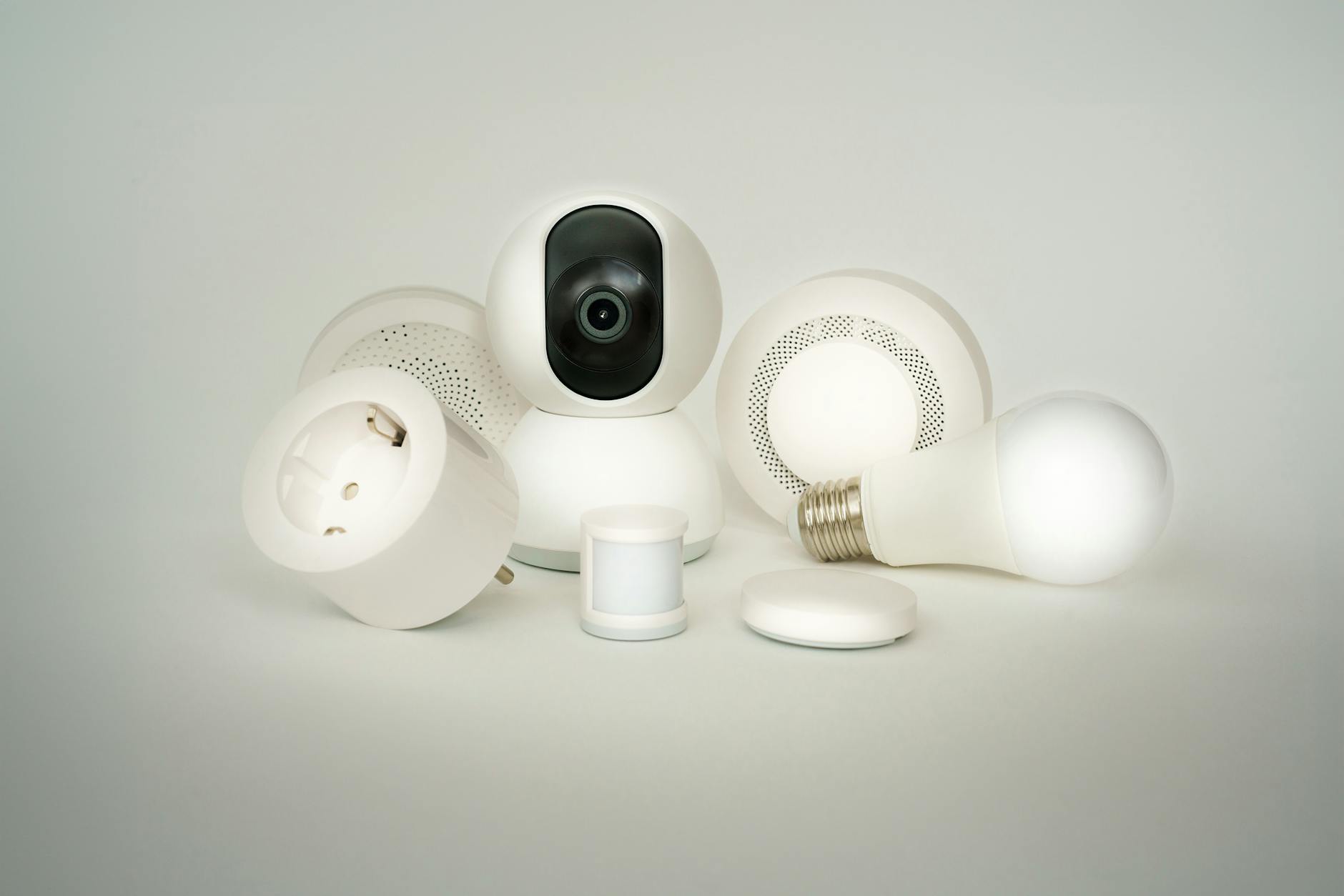

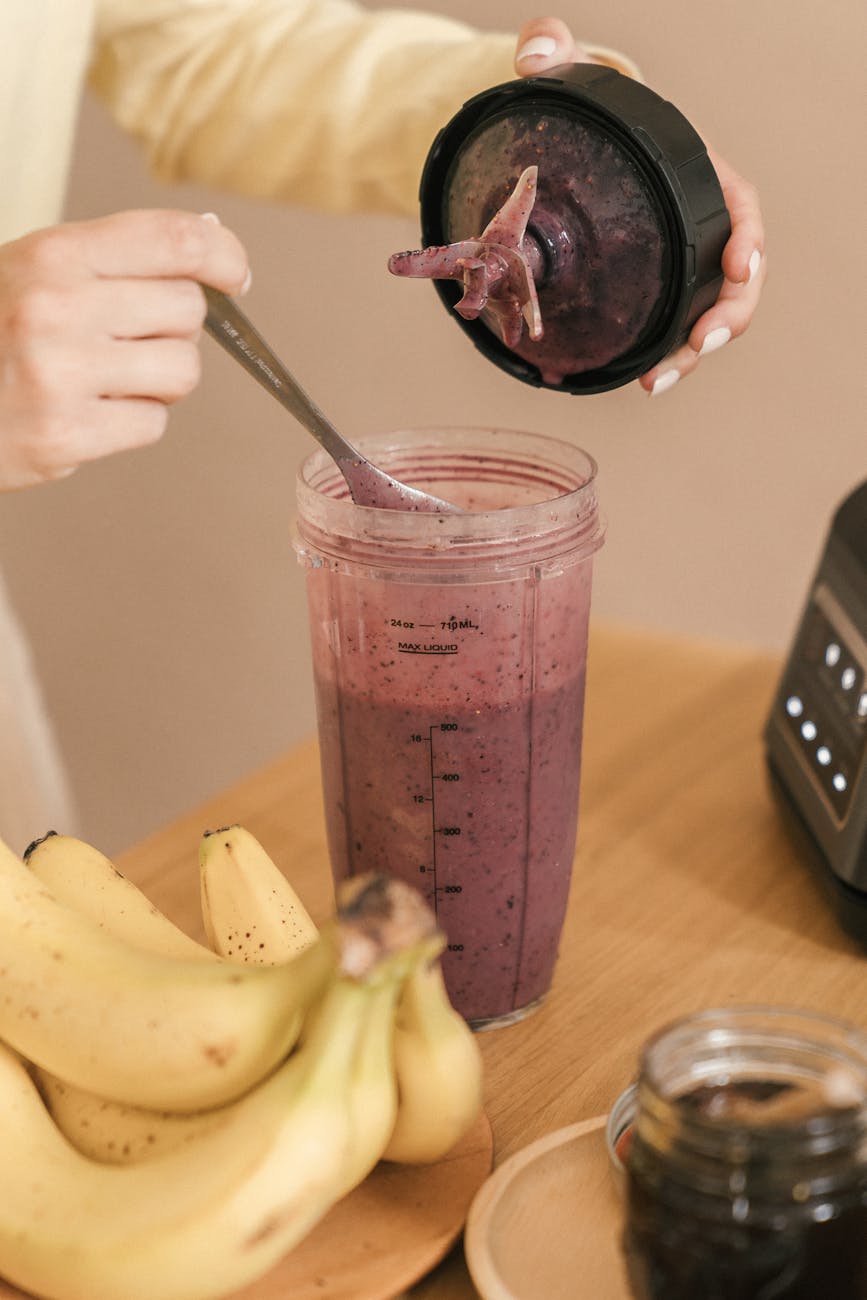

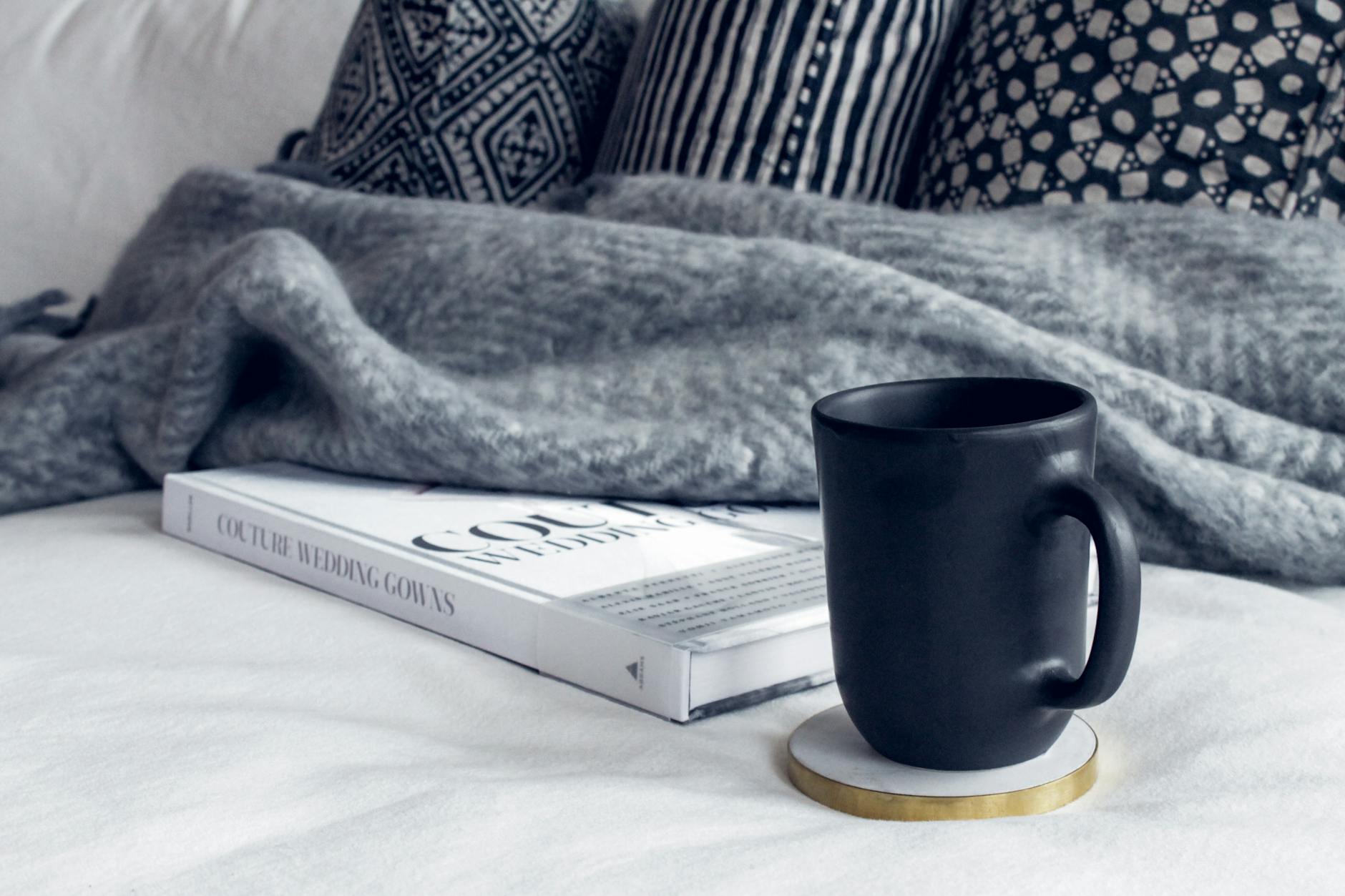







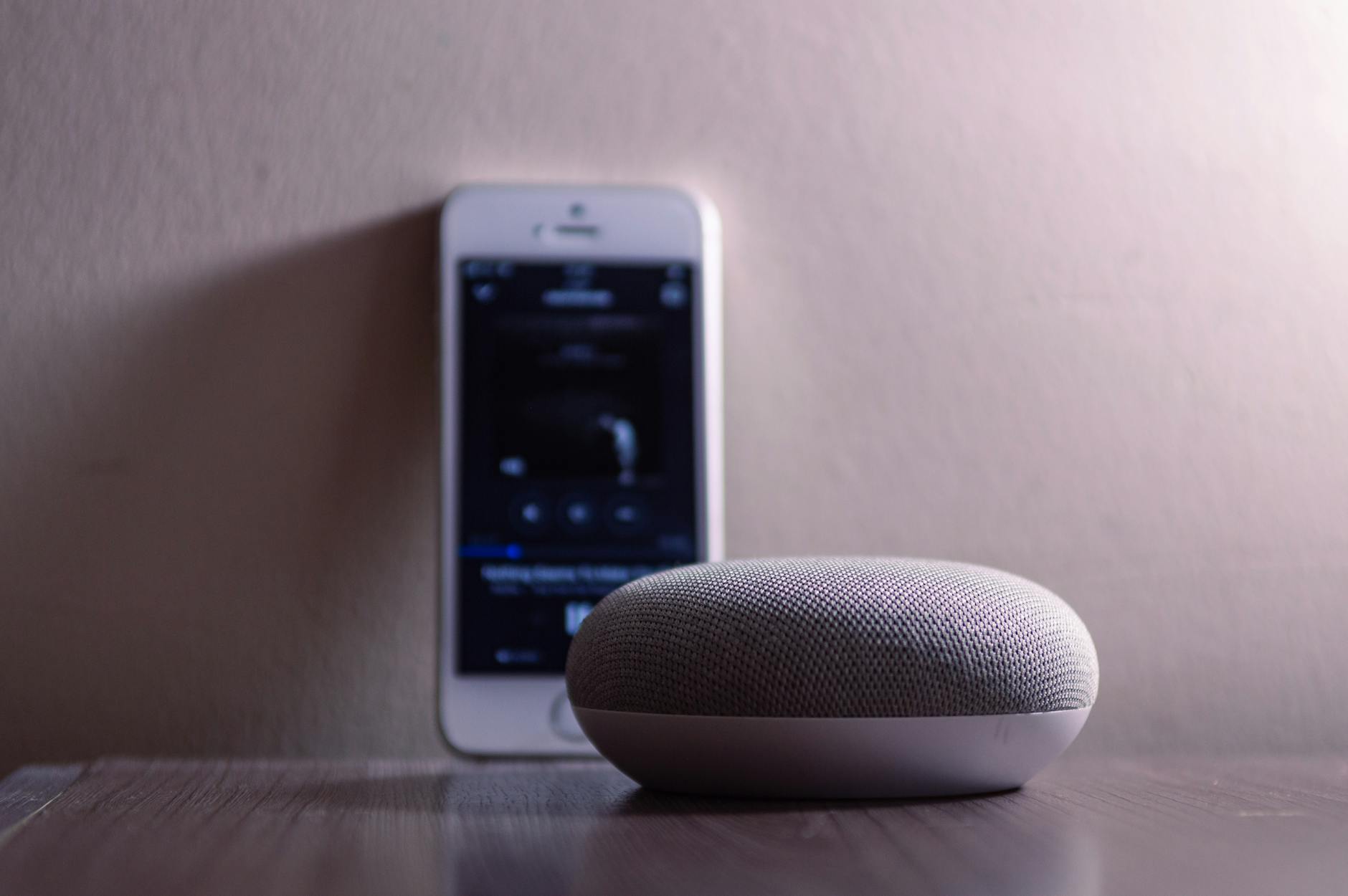
Leave a Reply